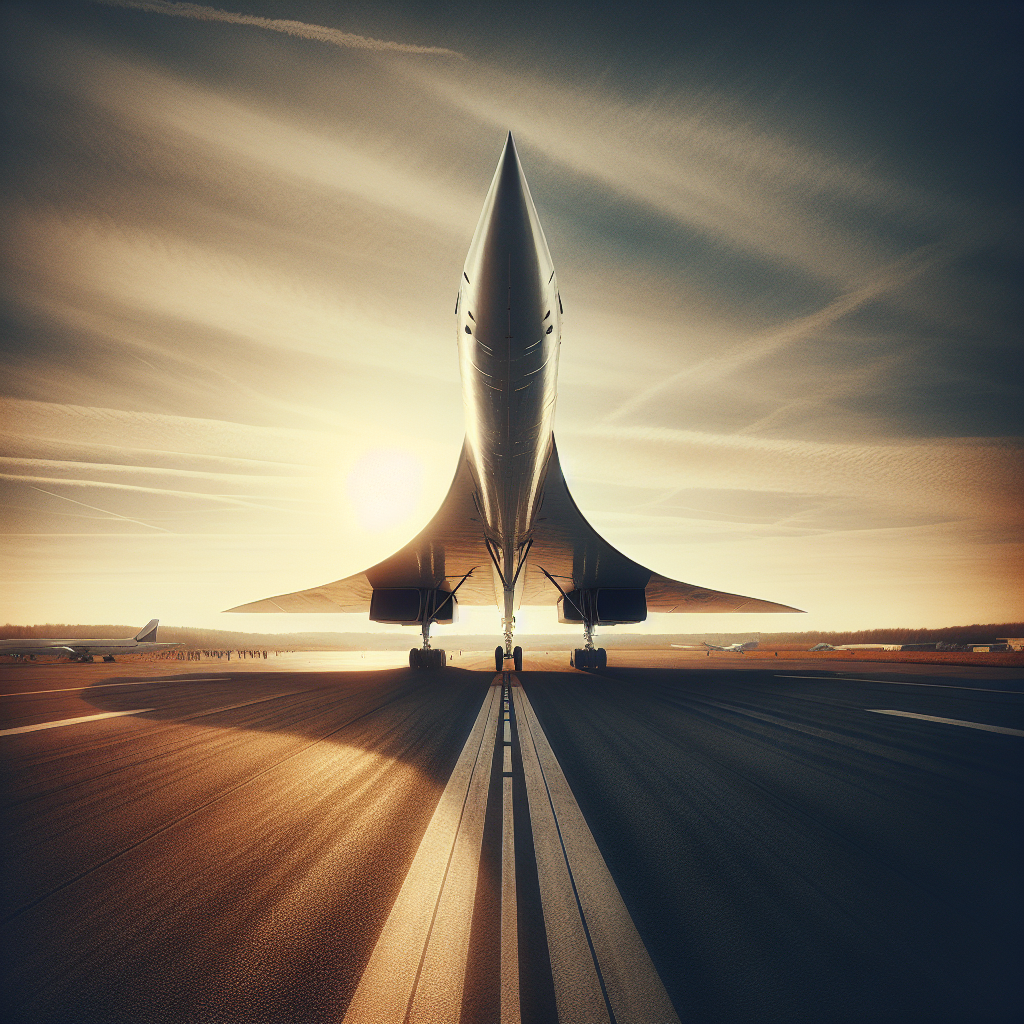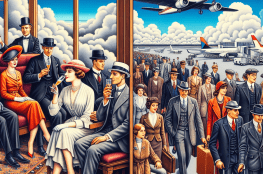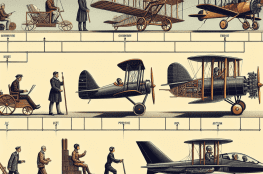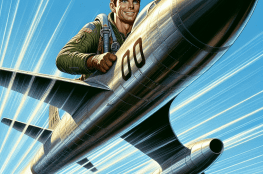The Concorde: A Supersonic Marvel and the End of an Era
The roar of the engines. The elegance slicing through the stratosphere at twice the speed of sound. The Concorde wasn’t just a plane; it was a phenomenon, a symbol of technological prowess and the golden age of air travel. Boldly going where no commercial aircraft had gone before, the Concorde captivated the world’s imagination and revolutionized flight. Unfortunately, all good things must come to an end. Let’s take a high-speed, nose-up look at the story of the Concorde, this marvel of engineering, and the tale of its bittersweet farewell.
Unveiling a Dream: The Birth of Concorde
In the swinging 60s, when skirts were mini and ambitions were maxi, the UK and France embarked on a collaborative project that would change aviation. Introducing Concorde in 1969, they aimed to conquer the skies and dramatically cut travel time. But building a plane that could cruise at Mach 2 at 60,000 feet wasn’t just ambitious; it was borderline audacious.
The visionaries behind Concorde imagined a future where crossing the Atlantic would be quicker than your average marathon. To put that into perspective, a New York to London flight typically takes about seven hours. For Concorde, it clocked in at a mere 3.5 hours. Talk about fast track!
Engineering Brilliance: The Technical Specs
What made Concorde so special? Let’s dive into some jaw-dropping specs that will impress any aviation geek:
- Speed: Mach 2.04 (that’s about 1,354 mph or 2,180 km/h for the uninitiated)
- Altitude: 60,000 feet (enjoy those crystal-clear views of the curvature of the Earth!)
- Engines: Four Rolls-Royce/Snecma Olympus 593 turbojets
- Capacity: Up to 128 passengers
- Range: 4,500 miles (7,250 km)
These marvels in white paint and delta wings weren’t just planes; they were flying pieces of art!
Beyond the Blue Horizon: The Operational Years
The Concorde officially entered service in 1976 with British Airways and Air France. From cutting-edge aerodynamics to luxurious onboard service, it redefined air travel. The sharp-nosed beauty soon earned her stripes shuttling VIPs, celebrities, and business magnates across the pond in impossibly short times.
However, Concorde’s life in the skies wasn’t all smooth sailing. She faced formidable challenges, including stringent noise regulations, concerns over sonic booms, and the infamous needle-in-the-haystack journey of high operational costs all contributing to a turbulent flight path over the decades.
The Final Curtain: The End of an Era
And then came 2003, a year significant not just because it gave us social media platforms but also because it marked the end of an era. After nearly three decades of groundbreaking service, the Concorde took her final bow, concluding its supersonic journey. Several factors piled up against it: rising maintenance costs, the aftermath of the tragic crash in 2000, and the general industry’s move towards more fuel-efficient aircraft.
If you’re in the mood for one final flight into Concorde’s storied past, check out this retrospective video on YouTube. You might shed a tear or two!
Legacy in the Clouds: Why Concorde Still Matters
Despite its withdrawal from commercial service, the Concorde’s legacy remains as impactful as a sonic boom. It set new standards for innovation and luxury, challenging conventional ideas about what’s possible in aviation. Long before the advent of the internet shrinking our world, Concorde shrank our skies.
While we await the next generation of supersonic commercial jets, Concorde will forever be etched in history as a pioneering achievement—a reminder that for a glorious moment in time, we truly did fly faster than a speeding bullet.
So the next time you’re on a transatlantic flight, squished in economy and daydreaming of better times, spare a thought for the Concorde. And maybe, just maybe, we’ll see her like again someday. Until then, keep your seatbelt fastened and your tray table in the upright position; we’re landing back into reality.
Stay tuned for more incredible tales from the annals of aviation history. Until next time, clear skies and safe travels!



